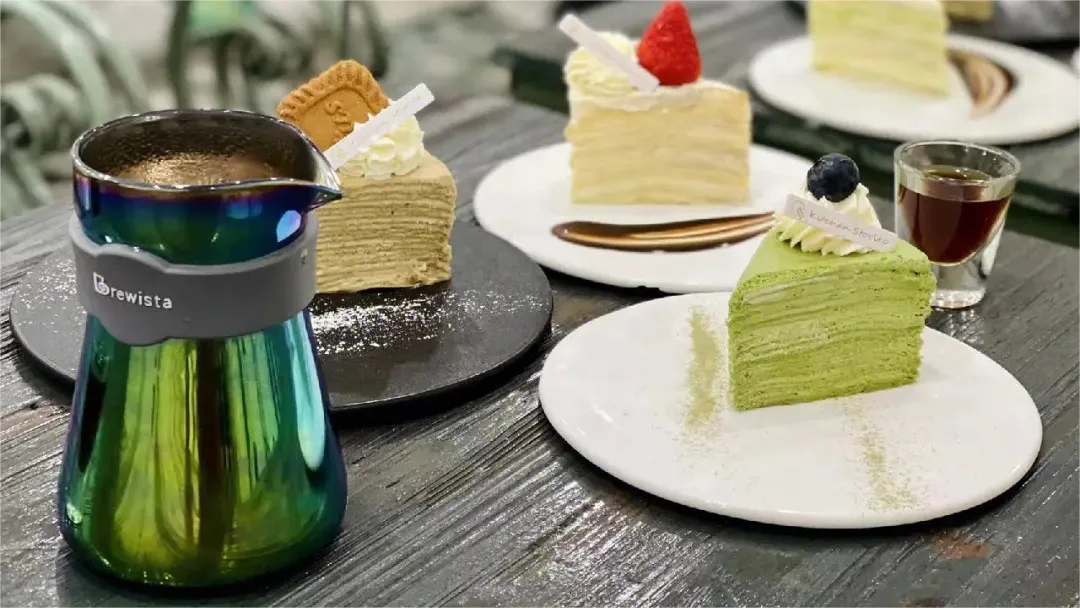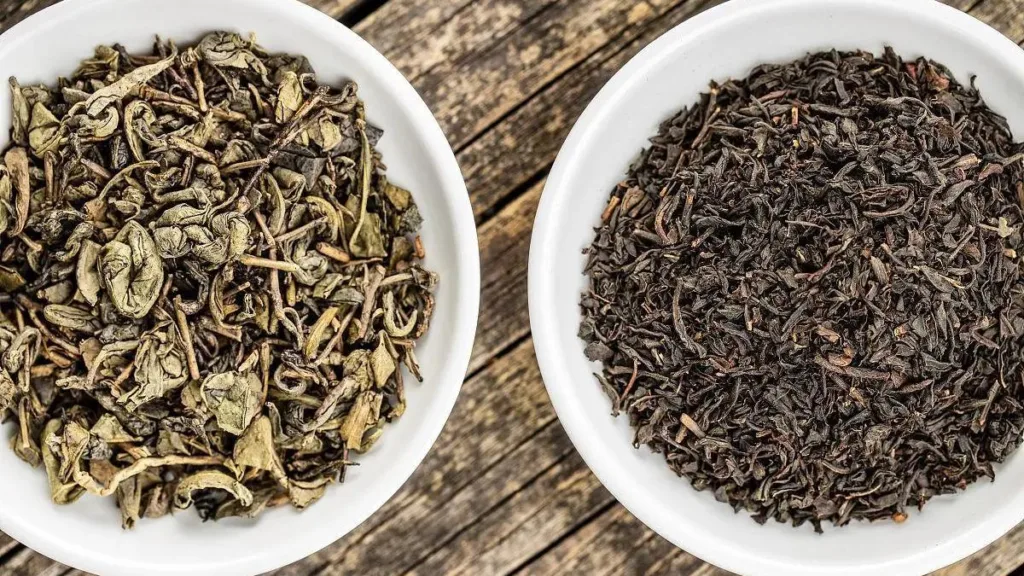The cultural practices surrounding tea in China and England are deeply ingrained and reflect the unique histories, philosophies, and social customs of each region. The differences between Chinese-style tea and English-style tea are evident in various aspects, including the types of tea consumed, preparation methods, the social context of tea-drinking, and the accompanying rituals.
1. Types of Tea:
- Chinese Tea: China is renowned for its diverse range of teas, each with distinct flavors, aromas, and health benefits. Some of the most famous Chinese teas include green tea (like Longjing and Bi Luo Chun), oolong tea (such as Tieguanyin), black tea (like Keemun and Lapsang Souchong), and pu-erh tea. The variety of teas in China reflects the country’s vast landscapes, climates, and rich tea-producing regions.
- English Tea: In England, black tea is the most popular and widely consumed variety. English Breakfast, Earl Grey, and Darjeeling are among the commonly enjoyed black teas. While herbal teas and other varieties have gained popularity, the traditional English tea experience is synonymous with black tea, often served with milk and sugar.
2. Tea Preparation:
- Chinese Tea: The preparation of Chinese tea often involves elaborate rituals, particularly in the context of the traditional Chinese tea ceremony. The process includes rinsing the tea leaves, precise water temperature control, and multiple infusions. Gongfu tea, a method where tea leaves are brewed in small teapots, is popular in China. The emphasis is on savoring the nuanced flavors and aromas of the tea.
- English Tea: The preparation of English tea, on the other hand, is relatively straightforward. It typically involves steeping tea leaves in a teapot or using tea bags. The brewing process is simpler and quicker compared to the Chinese tea ceremony. English tea is commonly served with milk, and sugar is added based on individual preferences. The focus in English tea preparation is often on creating a comforting and satisfying cup.
3. Serving Style:
- Chinese Tea: In China, tea is often served in small, handle-less cups, emphasizing the intimate and personal nature of the tea-drinking experience. The pouring of tea is considered an art, with careful attention to the height and rhythm of the pour. Sharing tea in small cups fosters a sense of connection and conviviality.
- English Tea: In England, tea is typically served in larger cups or mugs, often accompanied by saucers. The practice of afternoon tea, a quintessentially English tradition, involves serving tea with an assortment of sandwiches, scones, and pastries. The serving style is more communal, emphasizing social gatherings and shared moments.
4. Social Context:
- Chinese Tea: Tea-drinking in China extends beyond a daily habit; it is deeply embedded in social and cultural customs. It is common for friends and family to gather for tea, whether at home or in tea houses. The Chinese tea ceremony is a revered practice that symbolizes respect, harmony, and mindfulness.
- English Tea: In England, tea has a strong association with socializing, particularly in the context of afternoon tea. Afternoon tea, a tradition popularized in the 19th century, became a fashionable social event where tea was accompanied by delicate pastries and sandwiches. Today, tea remains a social beverage, often enjoyed with friends and family.
5. Time of Consumption:
- Chinese Tea: In China, tea is consumed throughout the day, with specific teas and rituals associated with different times. For example, green tea is often enjoyed in the morning, while oolong or pu-erh might be favored in the afternoon or evening.
- English Tea: In England, tea is commonly consumed in the afternoon, and the tradition of afternoon tea has become a cultural institution. It is a time for a break, relaxation, and indulgence in a variety of treats.
In summary, the differences between Chinese-style tea and English-style tea are not only in the types of tea consumed or the preparation methods but also in the cultural and social contexts that surround the act of tea-drinking. While China emphasizes the ritualistic and spiritual aspects of tea, England celebrates tea as a social event, often accompanied by delectable treats. These distinctions highlight the unique ways in which tea has become an integral part of the cultural fabric in these two regions.



